PEEK (Polyetheretherketone)
Offers exceptional mechanical and thermal stability.
In semiconductor fabrication, even the smallest electrical charge can destroy a microchip. As wafer sizes grow and devices become more compact, the need for ESD-safe plastics in wafer carriers has never been greater. These specialized materials ensure that every wafer, from a single 100 mm test lot to a 300 mm production run, arrives at each processing stage free from electrostatic damage, chemical contamination, or particle interference.
At Piedmont Plastics, we provide high-performance materials engineered for these exact challenges. Contact us today to learn about how our materials can provide wafer carrier manufacturers with precision, purity, and performance.


With over 100 years of combined product knowledge and industry experience, we are confident our plastics experts can help you find a solution for your application.
Electrostatic discharge (ESD) occurs when accumulated charges suddenly transfer between materials. In semiconductor environments, this can instantly destroy delicate circuitry or introduce latent defects that shorten chip lifespan.
Wafer carriers, cassettes, and shippers are the first line of defense against these risks. By integrating static dissipative or conductive plastics, manufacturers can create consistent, low-resistance pathways that safely neutralize charges before they reach sensitive components.
Key Functions of Wafer Carriers
Static control: Prevents charge buildup during wafer transport and storage.
Dimensional stability: Maintains wafer alignment through automated handling systems.
Cleanroom compatibility: Reduces particulate contamination and chemical outgassing.
Mechanical protection: Shields wafers from vibration, shock, and edge chipping.
Not all plastics conduct electricity. Most are natural insulators. To achieve ESD safety, performance plastics are modified with carbon fibers, carbon black, or proprietary additives that alter surface and volume resistivity. These materials fall into three broad categories.
The goal is to maintain a balance and provide enough conductivity to control static without compromising mechanical strength, cleanliness, or chemical resistance.
| Category | Typical Resistivity Range | Application Example |
|---|---|---|
| Insulative Plastics | >10¹² Ω/sq | General plastic housings |
| Static Dissipative Plastics | 10⁶–10¹¹ Ω/sq | Wafer carriers, chip trays |
| Conductive Plastics | <10⁶ Ω/sq | Grounded work surfaces, fixtures |
Designing semiconductor wafer carriers or trays requires materials that can withstand the combined demands of electrostatic control, precision molding, and cleanroom compliance.
ESD-safe performance plastics offer the ideal balance of electrical, mechanical, and thermal properties for these conditions.
From carbon-filled PEEK and conductive polycarbonate to low-outgassing PTFE and static-dissipative PVDF, each material contributes unique advantages that help protect delicate wafers throughout manufacturing, storage, and transport.
Offers exceptional mechanical and thermal stability.
Has superior chemical inertness and very low friction.
Great mechanical durability and chemical resistance.
Static-dissipative or carbon-filled grades combine impact resistance with optical clarity.
A cost-effective option that is naturally moisture resistant and chemically inert.
Excellent impact strength, low moisture absorption, and chemical compatibility.
Manufacturers of wafer handling systems choose these materials not only for ESD protection but also for their overall performance advantages. Some key benefits include:
Reduced contamination risk: Low outgassing and particle generation.
Improved yield: Prevents costly electrostatic damage to wafers.
Durability: Resists cracking, warping, and chemical degradation.
Lightweight design: Eases integration into robotic automation.
Dimensional precision: Maintains tolerance consistency under heat and stress.
By incorporating static dissipative and conductive polymers, wafer carrier systems achieve longer life cycles, more reliable automation, and improved semiconductor yield rates.
Semiconductor-grade plastics must meet stringent standards for cleanliness, flame retardancy, and low outgassing. Many materials supplied by Piedmont Plastics can be specified to meet:
These certifications help ensure that every material used in wafer carriers supports both process safety and global regulatory requirements.
At Piedmont Plastics, we supply a wide selection of ESD-safe, cleanroom-certified performance plastics to support semiconductor manufacturing. Our material experts work closely with engineers to match each application with the ideal polymer based on temperature, chemical exposure, static requirements, and precision needs.
We stock and source PEEK, PTFE, PVDF, polycarbonate, polypropylene, and other high-performance materials from trusted manufacturers. All available in sheet, rod, or machined shapes for quick turnaround.
Whether you’re designing a next-generation wafer carrier or upgrading your current handling systems, Piedmont Plastics can help you select the right ESD-safe materials for your application.
Contact Us Today